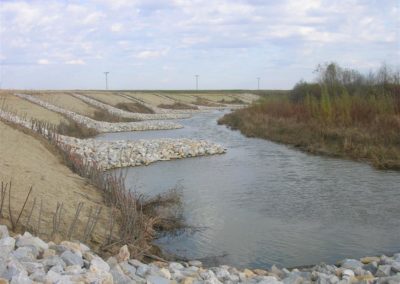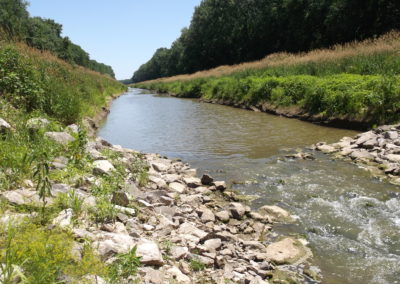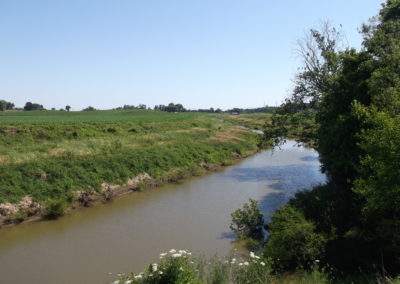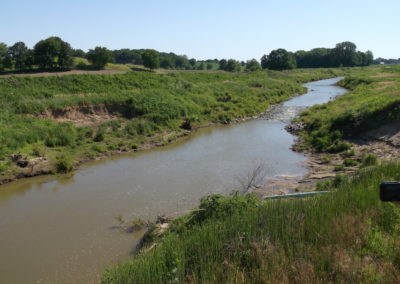Prairie Creek Conservancy District
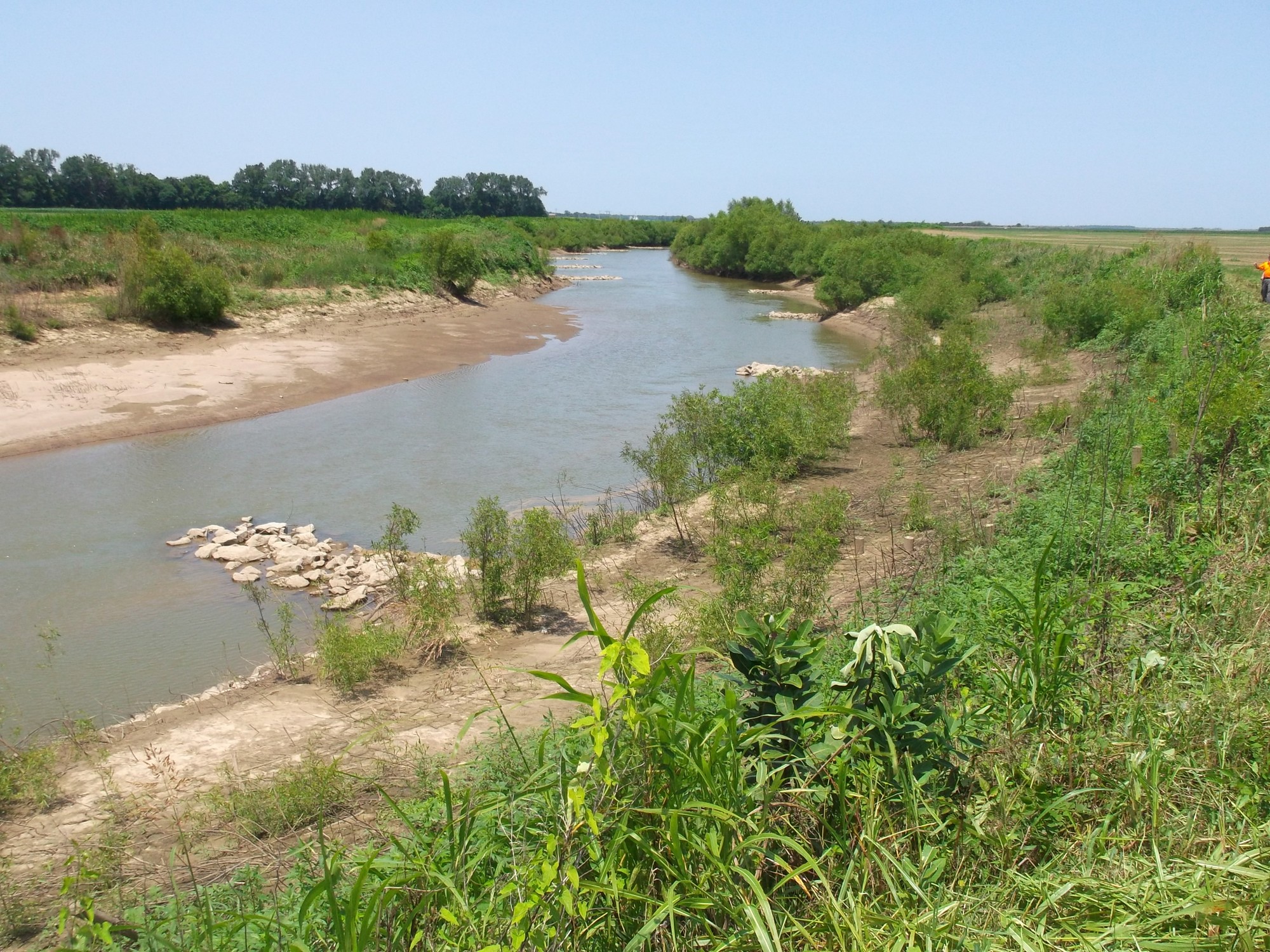
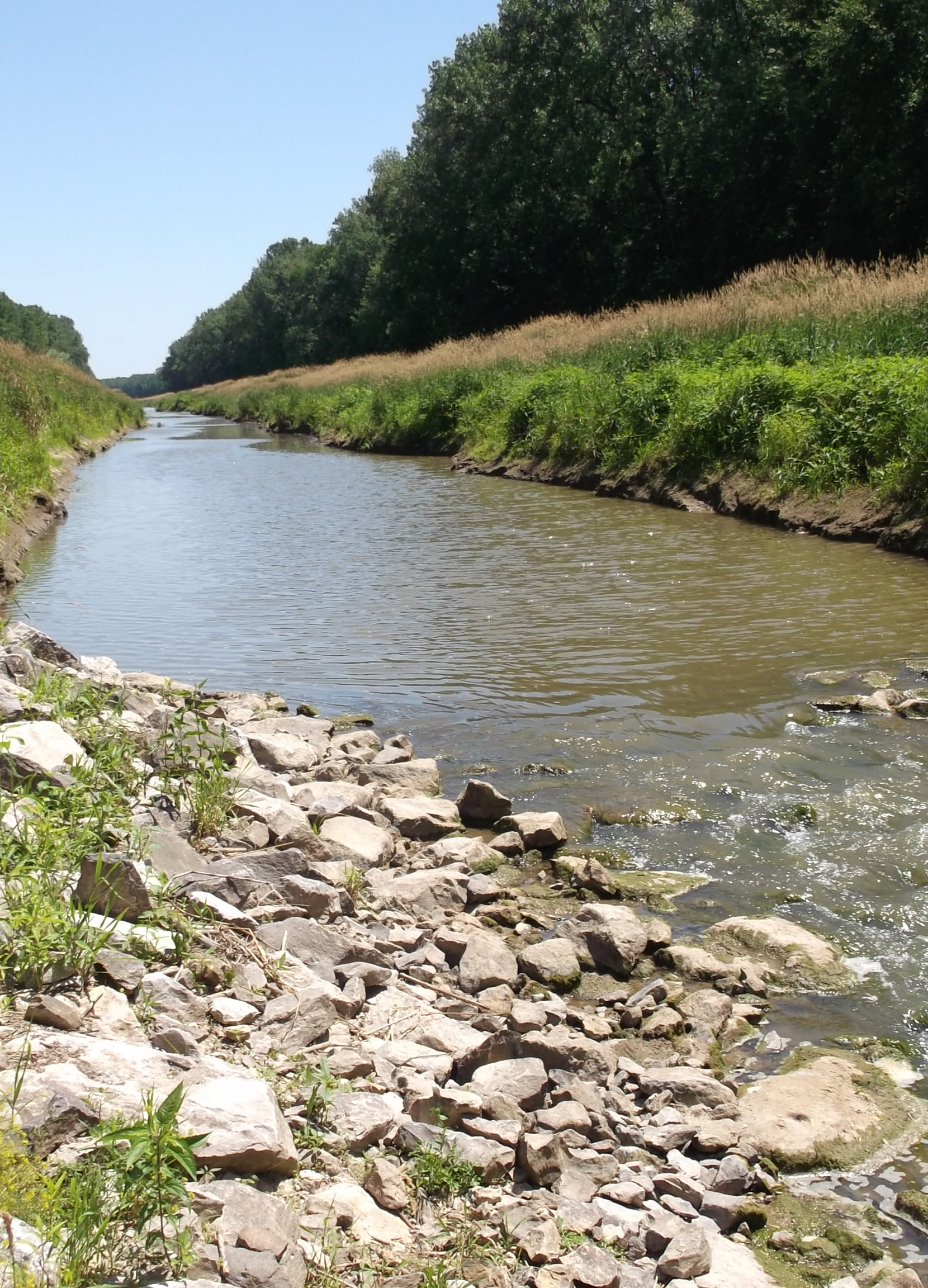
The Prairie Creek Conservancy District in Daviess County, Indiana, was an early adopter of modern land use and flood protection ideas. They developed a drainage and flood control project with assistance from the Soil Conservation Service (now Natural Resources Conservation Service). The success of the District supported the labor and entrepreneurial capacity of Daviess County farmers. After years of wear and tear by the elements and nature, a serious erosion problem had developed in the more than 45 miles of drainage channel operated and maintained by the District. The District undertook incremental steps to protect its flood works, ditches, and stream banks. Addressing the issue of flooding was prompted by the reality that Prairie Creek tended to flood two or three times each growing season, causing considerable damage to crops.
While some farming methods have changed, protecting the natural resources remains a constant focus and priority. Over time, Daviess County farmers adopted evolving agriculture methodologies as the District constructed flood works. The system performed well over the years, and in a general sense, met the objectives except for a serious erosion challenge in the drainage channel network. In recent decades the maintenance of flood works has been the District’s primary responsibility, and its maintenance needs grew increasingly complex over time. In 2017 the District applied for federal grant funding to finance and complete a maintenance program that would result in restoration of the drainage channels and stabilize the channel banks. In 2018, 3.36 million dollars were granted to the District by the Natural Resources Conservation Service. This grant resulted from PCCD Board interest to the extent that several Board members travelled to Washington, D.C., to meet with legislators and agency decisionmakers. In fact, Banning Engineering employees were so integral to the funding request, PCCD asked Banning to accompany the delegation to Washington, D.C. and meet with legislators and agency staff. Throughout the improvement process, Banning Engineering provided direction and plans to correct challenges and issues. These plans restore stabilization by employing environmentally friendly methods and design. Banning also created a remedial plan that incorporated and adopted recommendations made by the Natural Resources Conservation Service staff.

